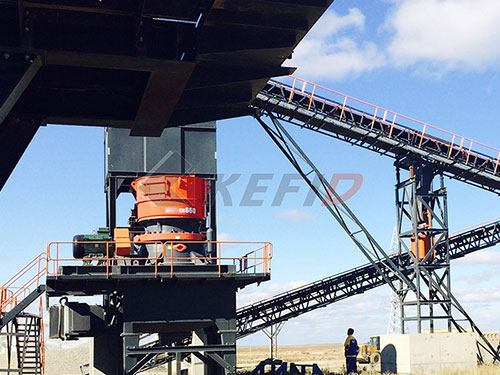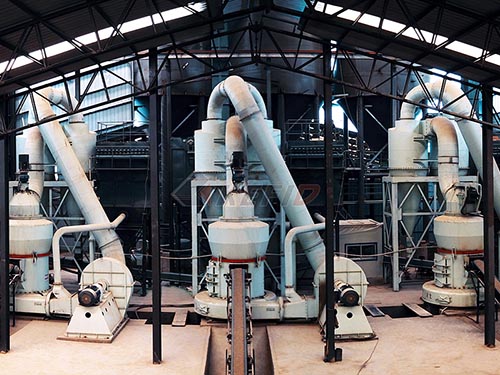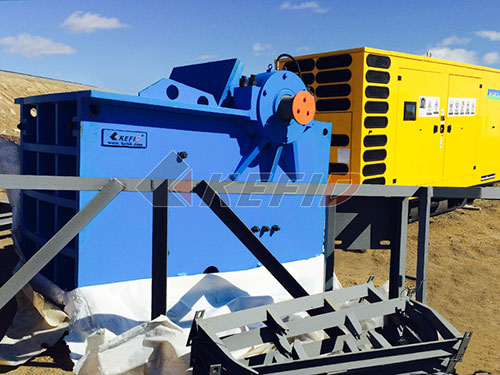Navigating the Rock: Mining Policy for Crusher Units in Himachal Pradesh
Nestled in the fragile ecosystem of the Himalayas, Himachal Pradesh faces a constant balancing act: enabling essential development, including infrastructure construction heavily reliant on stone aggregates, while fiercely protecting its pristine environment. The state’s mining policy for crusher units – the facilities that process rocks into gravel and sand – reflects this critical tension, evolving into a framework demanding strict adherence to environmental safeguards and sustainable practices.

The Regulatory Foundation:
The cornerstone is the Himachal Pradesh Minor Minerals (Concession) and Minerals (Prevention of Illegal Mining, Transportation and Storage) Rules, 2015 (amended periodically). This comprehensive legislation governs all aspects of minor mineral extraction, including those feeding crusher units. pillars include:
1. Permit Mandate: Establishing any crusher unit requires explicit permission from the Department of Mines & Geology (DMG). This involves rigorous scrutiny of location suitability, proposed mining sources, environmental impact mitigation plans, and compliance with zoning regulations.
2. Environmental Imperatives: Environmental Clearance (EC) from the State Environment Impact Assessment Authority (SEIAA) is mandatory for most units. The policy emphasizes:
Location Restrictions: Strict bans near rivers (often within 500m-1km buffer zones), forests, wildlife sanctuaries, national parks, habitation clusters, highways (specific distance criteria apply), and critically vulnerable areas like landslide zones.
Pollution Control: Mandatory installation of advanced dust suppression systems (water sprinklers, enclosures), noise barriers, and proper waste management protocols as enforced by the Himachal Pradesh State Pollution Control Board (HPSPCB).
Sustainable Sourcing: Crushers must source raw material only from legally leased mines possessing valid permits. Traceability is crucial to combat illegal mining.
3. Zoning and Planning: The policy encourages clustering crusher units in designated “crusher zones” identified in District Mineral Plans. This aims to minimize scattered environmental impact and facilitate better monitoring by authorities like the DMG and HPSPCB.
4. Community Considerations: While not always explicitly detailed in policy documents beyond location restrictions near habitations, responsible operation necessitates addressing local concerns about dust, noise pollution on health and agriculture, water resource impacts (though direct water use is limited), and road damage from transportation.

Operational Realities and Challenges:
Enforcement Gap: Despite robust regulations on paper, consistent enforcement remains a

Leave a Reply